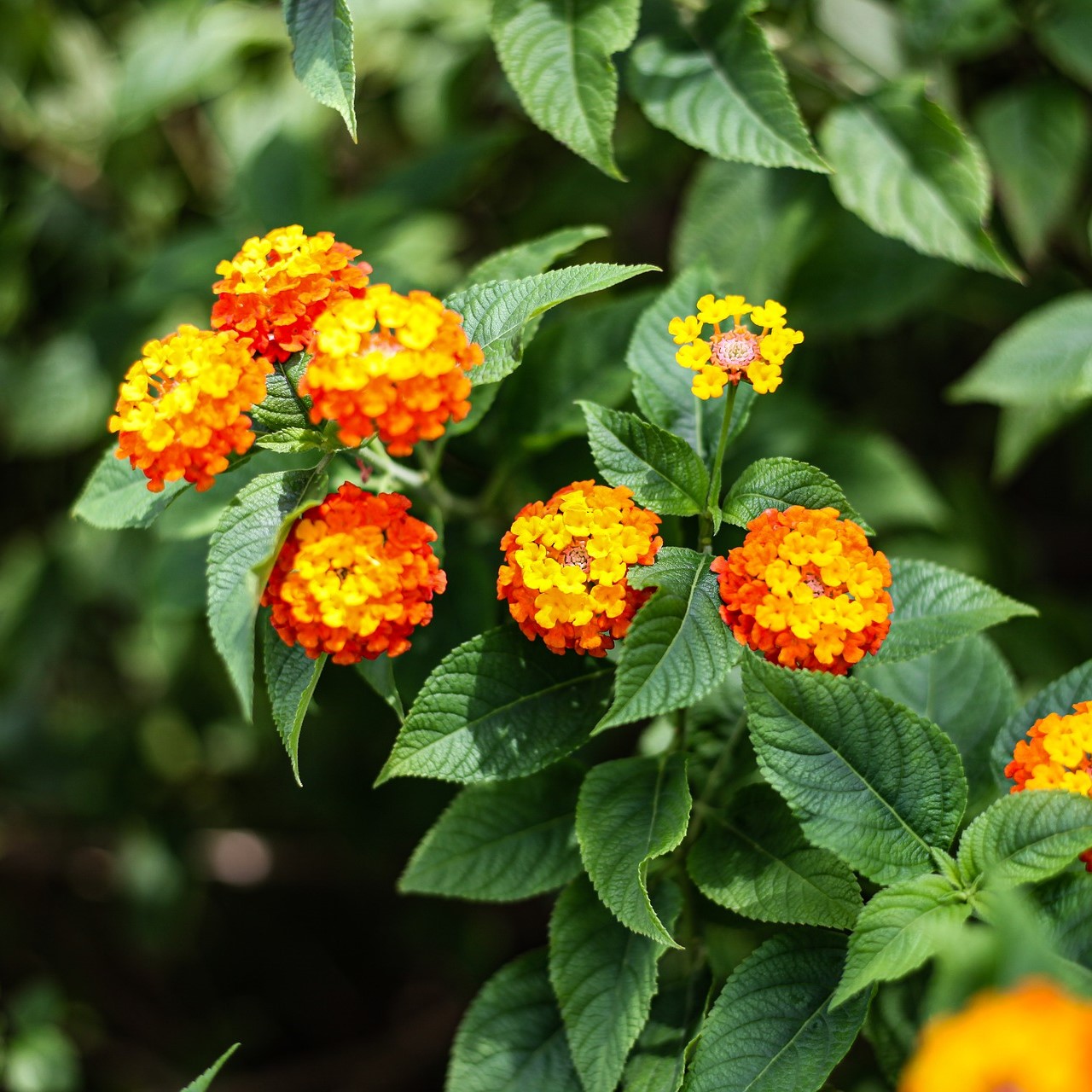
Lantana camara
- Lantana camara (common lantana) is a species of flowering plant within the verbena family(Verbenaceae), native to the American tropics.
- It is a very adaptable species, which can inhabit a wide variety of ecosystems
- once it has been introduced into a habitat it spreads rapidly; between 45ºN and 45ºS and more than 1,400 metres (4,600 feet) in altitude.
- It has spread from its native range to around 50 countries, where it has become an invasive species.
- It first spread out of the Americas when it was brought to Europe by Dutch explorers and cultivated widely, soon spreading further into Asia and Oceania where it has established itself as a notorious weed, and in Goa it was introduced by the Portuguese.
USES:-
- Ornamental purposes: Lantana camara is commonly grown for its vibrant and colorful flowers, making it a popular choice for gardens and parks
- Medicinal uses: Lantana camara has been used in traditional medicine to treat fever, cough, and skin infections, but caution is needed as it can be toxic.
- Insect repellent: The plant contains compounds that repel insects, making it useful for controlling pests in gardens and agricultural fields.
- Environmental remediation: Lantana camara can help restore degraded land due to its extensive root system which can help prevent erosion and improve soil quality. 5. Livestock forage: Lantana camara is used as a forage crop for some livestock in certain regions, but its toxicity to some animals requires caution.
Cultural & Historical Importance:
- Traditional medicine: Lantana camara has been used in traditional medicine for centuries to treat fever, coughs, and skin infections in South and Central America.
- Folklore: In parts of India, Lantana camara is believed to protect against evil spirits, and it has been associated with folklore and superstitions in other cultures.
- Art and literature: Lantana camara has been painted by famous artists and mentioned in literature, such as the works of Gabriel Garcia Marquez.
- Invasive species: Lantana camara has become an invasive species in many parts of the world, causing negative impacts on local ecosystems.
- Symbolism: Lantana camara has been used as a symbol of perseverance and strength due to its ability to grow in difficult conditions.
Plantation:-
- Watering
Watering is the act of providing plants with the right amount of water. Overwatering or underwatering can damage plants, so it's important to water them correctly based on factors such as plant type, soil type, and climate. Deep and infrequent watering is generally better than frequent shallow watering.
- Reproduction
Lantana camara reproduces both sexually and asexually. Sexual reproduction occurs through the production of seeds after cross-pollination between flowers by insects. Asexual reproduction occurs through stem cuttings, which can be rooted to create new plants. Lantana camara also has the ability to self-seed, allowing it to spread rapidly in some areas
- Location
Lantana camara grows well in warm climates with well-drained soils and plenty of sunlight. It is often found in tropical and subtropical regions, but can also grow in temperate climates as an annual or container plant.
- Temperature
Lantana camara can tolerate a wide range of temperatures, but generally prefers warm temperatures between 20-30°C (68-86°F). It can survive in temperatures as low as -5°C (23°F), but may experience damage or die back in cold climates.
- Diseases and pestisides
Lantana camara can be affected by diseases and pests such as leaf spot, powdery mildew, spider mites, and whiteflies. Management includes good cultural practices, fungicidal treatments, and judicious use of pesticides.
